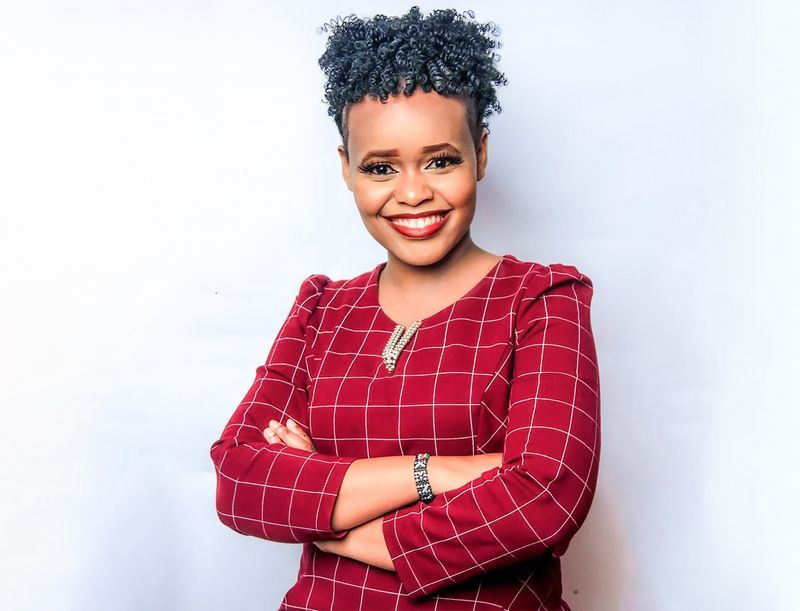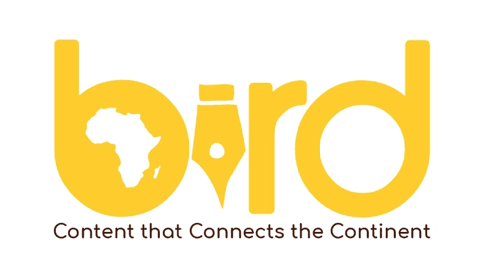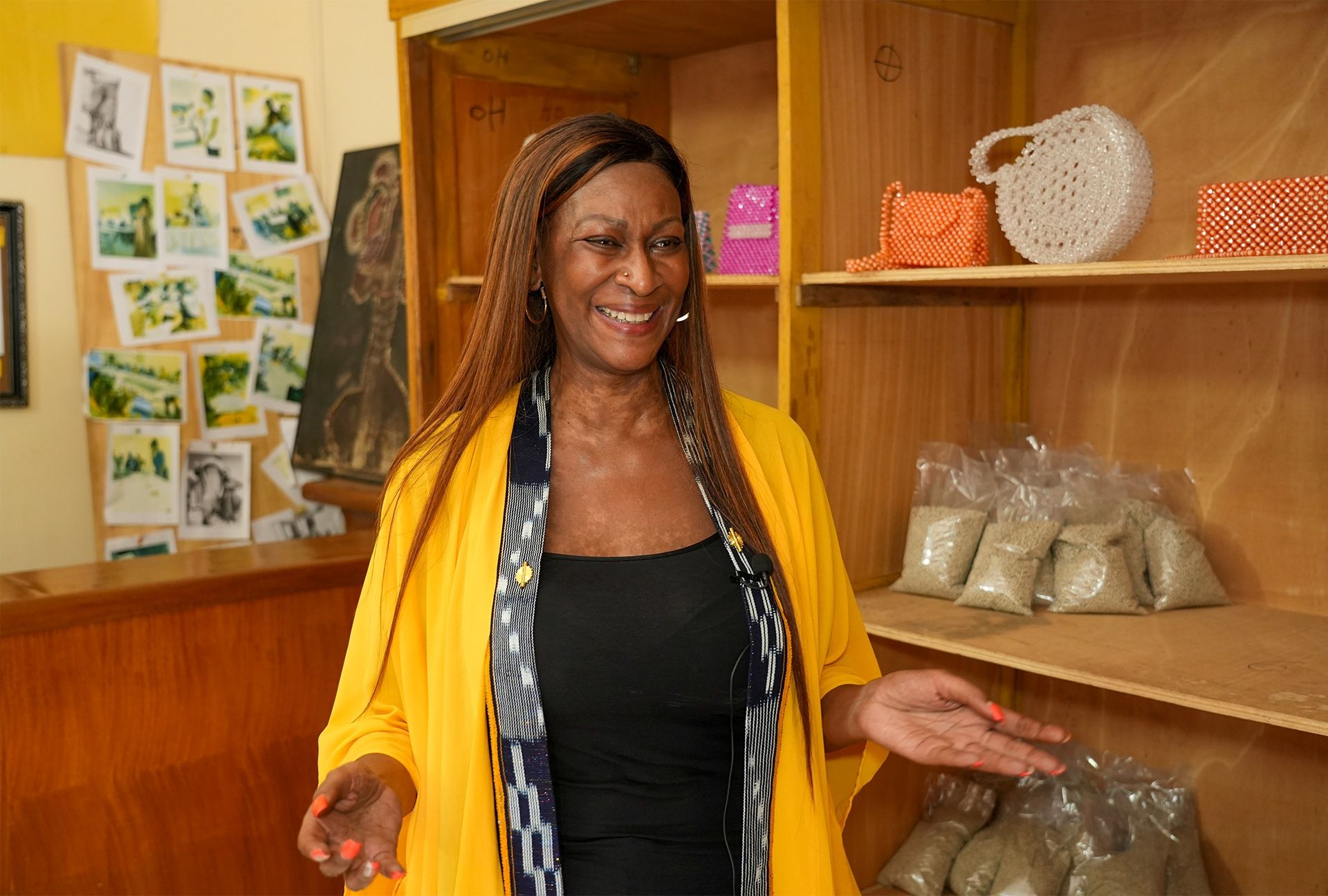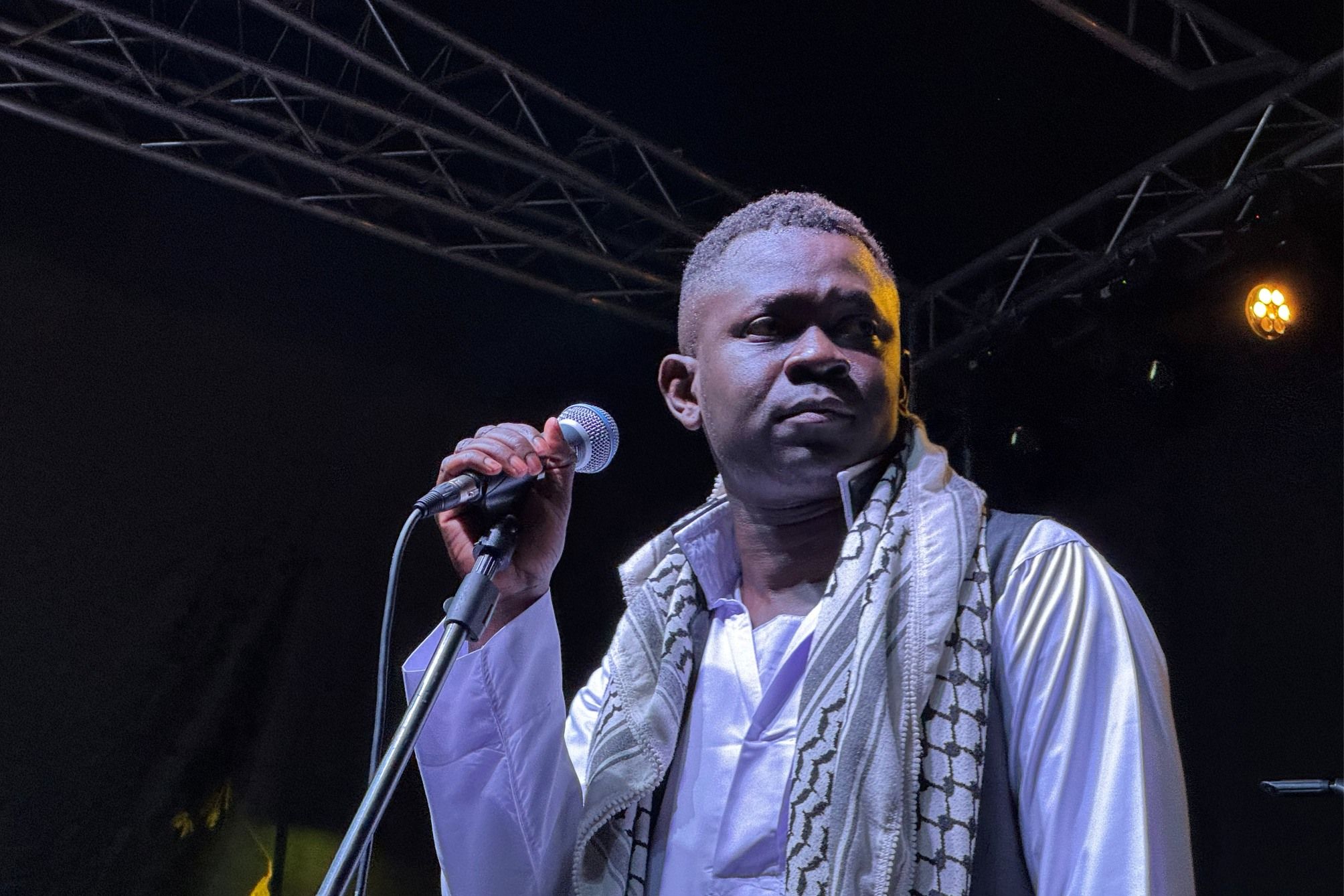When Edna Kaindi experienced hearing loss at a young age, she struggled to communicate with those around her. Today, she works with a community of sign language journalists and interpreters with a passion for equality. Her latest challenge? The 2023 Africa Climate Summit.

Lynn Nyigothi, bird story agency
In a world filled with perceived limitations about the deaf community, 26-year-old deaf journalist Edna Kaindi has made it her business to shatter those perceptions and shrug off any limitations. As a well-known TV journalist, her most recent achievement was covering the Africa Climate Summit held in Nairobi, Kenya in September 2023.
Kaindi was not born deaf. She suffered an illness at a very young age, which led to hearing loss. As a child, Kaindi often felt isolated and left out, unable to play with other kids due to the communication barrier. Nevertheless, she was determined to live a full life.
“The bullying, stigma, and loneliness at an early age did not stop me from dreaming, on the contrary, it propelled my desire to prove a point to the world that even deaf kids can become something big in the society,” Kaindi stated.
Despite support and love from her mother and big brother, she still struggled to communicate with them and with many of the people around her. None of them knew sign language.
“Joining primary school for the deaf was a relief for me because I finally got to interact with other children who were deaf, no one bullied me like kids at home did and I got to learn the Kenyan sign language,” Kaindi explained.
Making friends and going to school contributed to her self-acceptance, even as she endeavoured to succeed and build a future.
While Kaindi had always wanted to be an air hostess, life had different plans for her. She took up modelling when she completed high school and competed in the Miss Disability Kenya competition in 2018, surprising herself with a top placing.
“I was sceptical at first to take part in the competition but my friend encouraged me to get out of my comfort zone and so I did it and became among the top ten,” she said.
By this time, she had started attending make-up and fashion classes at a Nairobi-based college, where she developed an interest in make-up, something she still enjoys.
“I enjoy making people look pretty. Before my current full-time job, I did make-up to make ends meet, but stopped due to my busy schedule,” Kaindi stated.
However, getting a job became difficult after school because of her disability.
“Most employers find it hard hiring deaf people because of the communication barrier, so it was hard for me,” she explained.
Once again, her determination shone through. Her persistence and high spirit landed her a job at Signs TV, where today she is fast becoming a household name.
Initially hired to do adverts, Kaindi soon proved she had a lot more to offer, taking full advantage of on-the-job training at Signs TV as well as specialised training from the Media Council of Kenya.
“I started doing advertisements for them in 2019, but that was on and off. They came to hire me on a full-time basis in 2020 and added me to other responsibilities like news anchoring and hosting shows. I have been there ever since,” she said.
While Kaindi initially had some doubts about how viewers would receive a deaf journalist, her colleagues at the station provided all she needed to thrive in the position.
“It was a great adjustment because I had never done this before, but I love being a journalist because I get to work with sign language interpreters who understand me well,” she stated.

Kaindi now hosts the ‘Glamor Show’ in addition to her role as a news anchor, something she relishes and has been able to handle "even when tasks seem daunting,” said co-director at Signs TV, Jared Getanda.
That was the case at the recently concluded Africa Climate Summit.
She was not familiar with some of the words used by delegates at the summit and had to quickly do further research and consult interpreters in order to understand and communicate the meaning of the terms, before delivering the news.
“I did not know how to sign some of the difficult words, but the sign language interpreters helped me a lot,” she admitted.
According to Kaindi, taking time to discuss some universally accepted signs for complex terms with interpreters made all the difference – both to her and to her audience.
“Edna is very open and will always ask,” said Jedida Wafula, an interpreter at Signs TV.
“It took us more time to prepare for news briefings as we had to ensure viewers who are deaf also understood climate change and the discussions around it, during the summit. It was hard on the first day, but after that, we managed because of teamwork. I am happy I got to learn things we usually take for granted,” Kaindi added.
Kaindi called on stakeholders currently building the Kenyan sign language curriculum to include more technical and climate-related terms, even if they do not always form part of daily conversations, currently.
“It is good for the deaf community to take part in discussions that also affect them and the world at large, deaf people need to be involved in climate action,” she explained.
The climate event was also an eye-opener for the interpreters working alongside Kaindi.
“It was mind-blowing and so unique, something I had not seen before. So, after high school my mum and my late dad persuaded me to explore it as a career option,” said Sharon Wambui, one of over 30 interpreters selected to work at the 2023 Africa Climate Summit.
Born and raised in Nairobi, Wambui developed an interest in sign language while in high school after some visitors to the school delivered a presentation in sign language. After completing high school, she spent six months learning and improving her signing skills, at a Christian school.
“My teacher was deaf, this forced me to learn very fast as I used to interpret for him during devotions,” she said.
According to Wambui many of these terms used at the climate event did not have sign names, leaving the interpreters to discuss amongst themselves the best signs to use as well as how to deliver explanations.
“The main challenge was the relatively new climate terms. For example, 'carbon credit', 'carbon trading' and other terms in the climate space that would normally not come up in our day-to-day conversations,” she noted.
“The fact that we worked in twos, threes and in other cases, in fours or fives in one conference room made it easier as we supported each other and took turns,” she noted.
“Simultaneous interpretation in such a technically charged environment is not always easy.”
Wambui explained why until recently, the deaf community had largely been excluded from climate conversations.
"Climate change issues are usually explained in difficult words, climate change issues are not insisted much on our media and our education systems, (and) we do not have climate change champions in disability at large,” she stated.
In 2006, the UN General Assembly approved the Convention on the Rights of Persons with Disabilities (CRPWD) which sanctioned the inclusion of the deaf community through sign language in television broadcasts. Kenya ratified this convention in 2008 and called for the incorporation of sign language interpreters in mainstream media. As a result, sign language in television broadcasts was made a requirement.
The mainstream media in the country embraced this move by incorporating interpreters, especially during prime-time news, to cater for the deaf community.
Nadine Hellen, who suffers from a hearing disability, said incorporating interpreters in media has enabled the deaf community to keep up with what is happening in the country and around them.
“I like the TV stations who have sign language interpreters even on entertainment programs because I get to enjoy without having to read subtitles,” she said.
Hellen pointed to issues pertaining to language as one reason that the deaf community has struggled to engage with international events and broadcast content.
"A majority of deaf people were born deaf, English is their second language and understanding complex words from interpreters is not easy, hence the message sometimes is ignored or distorted," she said.
Further, the small boxes containing the sign interpretation on broadcasts can be too small, especially when interpreters use sign fingerspelling rather than signing.
"The speed of interpretation sometimes is too fast, for instance, when fingerspelling words with no signs, TV interpreters don't fingerspell twice they only follow the speech and speed of the news host,” she noted.
However, having deaf journalists delivering TV content has allowed her to build a far better connection to events and to TV shows. She also feels that deaf journalists give the deaf a voice in society.
“Deaf journalists and sign language interpreters enable me to follow news on the television since they have a connection, (while) interpreters are voices to the deaf and when they interpret the hearing community understands the deaf message as well,” Hellen said.
Despite the challenges, Wambui believes that it is through difficult assignments that new signing develops.
“No language is static, language evolves and changes by the day. This is not any different with sign language," she said.
For Kaindi and her colleagues at Sign TV, that means challenging themselves, constantly. Something that Kaindi seems to have been ready for, since birth.
bird story agency




